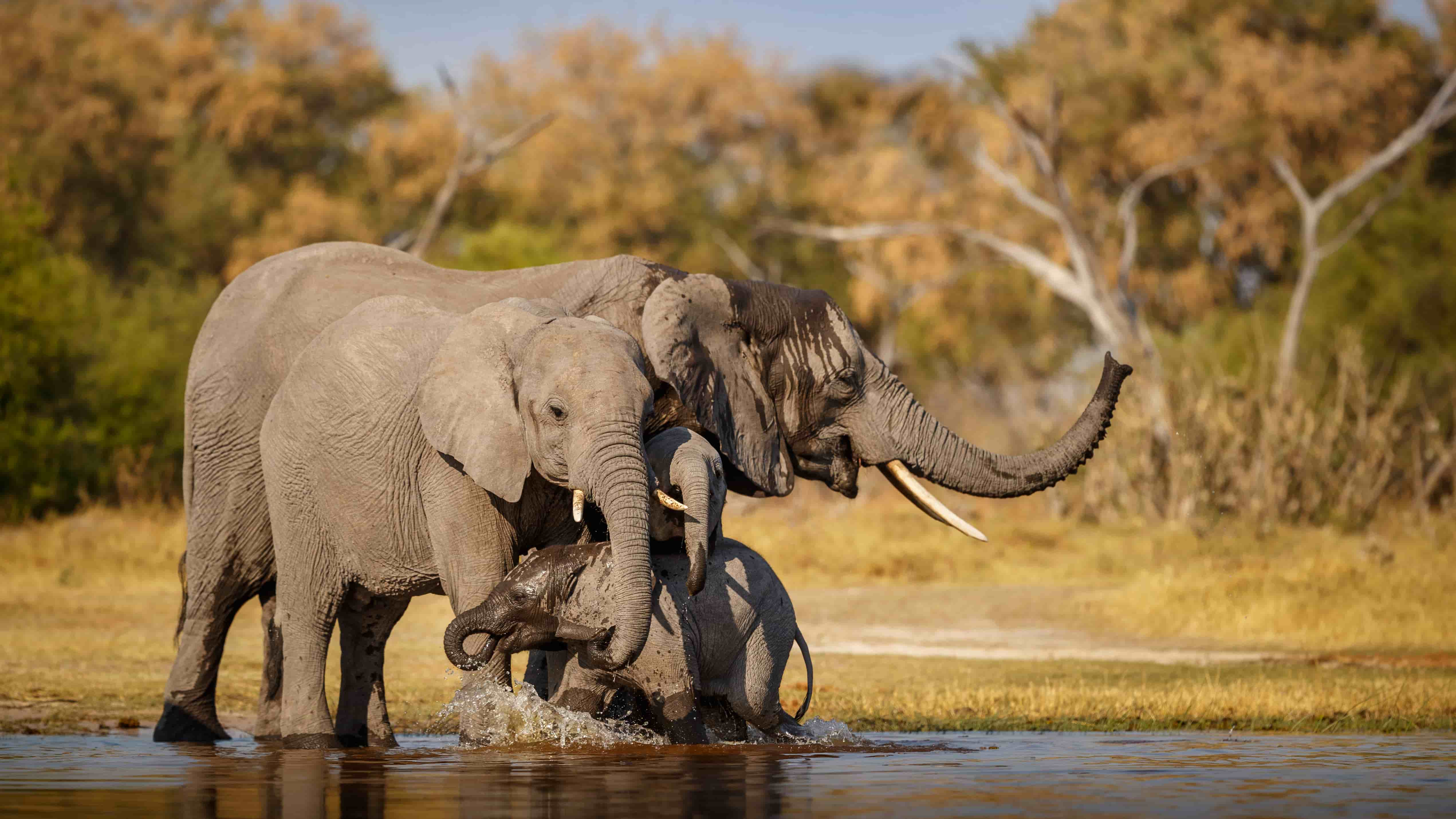
AI for Wildlife Challenge 3
AI for Wildlife 3 is bringing poacher-detecting ML models into production on a wildlife protection drone. In the third challenge of the AI for Wildlife series we’ll be focusing on the elusive concept of MLOps.
Premium participation: Get 1-on-1 Mentoring & Guidance
Try a free mentoring sessionBringing production-ready AI to edge hardware on flying rangers
Challenge completed. See the results of the 10-week long teamwork in a series of articles:
Or watch the recording of the AI for Wildlife final results presentations to discover that the teams came up with:
About the Challenge
We’ll build on the results of previous challenges and create continuous integration and deployment of the poacher-detecting ML model on the drone communicating with all its hardware components. We’ll be developing a pipeline that captures the camera streams and routes them through the models while optimizing these models for peak performance on the drone. We’ll route new labeled data through the ML training pipeline to compress the models for deployment on the edge. And at last, we’ll make it fly! We’ll be working on the drone’s digital twin and with the available PixHawk hardware to get the drone to fly and land autonomously.
Info session
Our challenge partner

GOAL: Implement poacher detection models on autonomous drones
In this 10 weeks we’ll be focusing on:
- Continuous integration and deployment of ML models on edge
- Building the streamed video feed - machine learning pipeline
- Model optimisation, pruning and quantisation
- Automating flight and landing of the fixed wing drone
Who are we looking for?
You can apply at any level of experience above basic (theoretical) coding & data science skills. In the selection of the team, we look for a combination of rookies looking to learn, hardened professionals, and life-long learners switching it up. We are looking for:
- AI engineers / data scientists - experience with data pipelines is of great help
- Electrical / mechatronics / mechanical engineers with a knack for AI implementation
You can join as a contributor (8-12 hours per week commitment for 10 weeks) or coach (2-4 hours per week, only for experienced ML professionals). We’ll organize masterclasses on relevant topics during the challenge. You’ll be able to build on the knowledge and experience of the previous AI for Wildlife challenge team.
Facts
🦏 More than a thousand rhinos are slaughtered per year for their horns
🐘 More than 100,000 African elephants were killed between 2014 and 2017 for ivory
🔫 In Africa, almost 600 rangers protecting wildlife were gunned down by poachers between 2009 and 2016 while working
Timeline
Application deadline: 17 March 2022
Challenge kick-off: 21 March 2022
Midterm presentation: 18 April 2022
Final presentations: 30 May 2022

